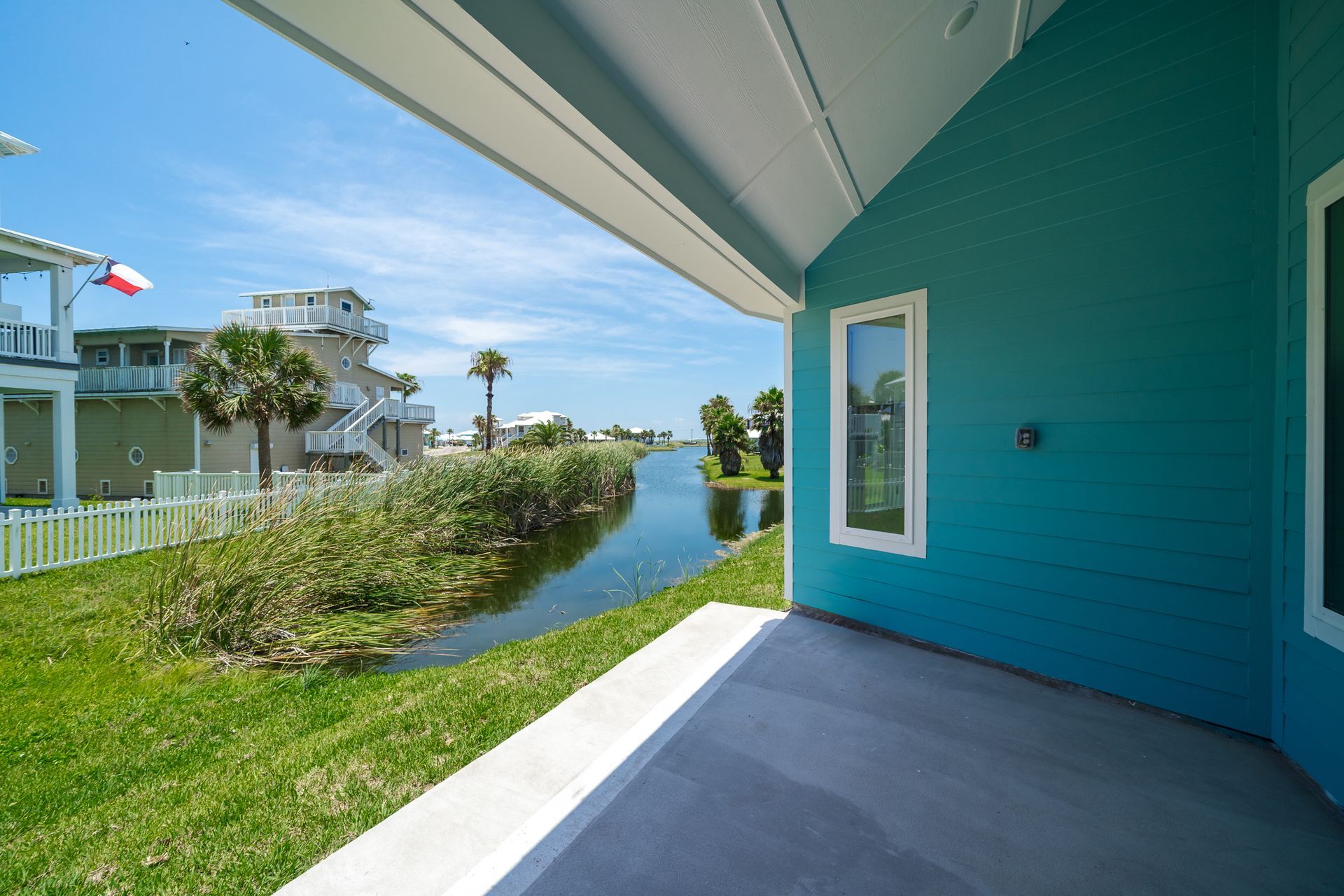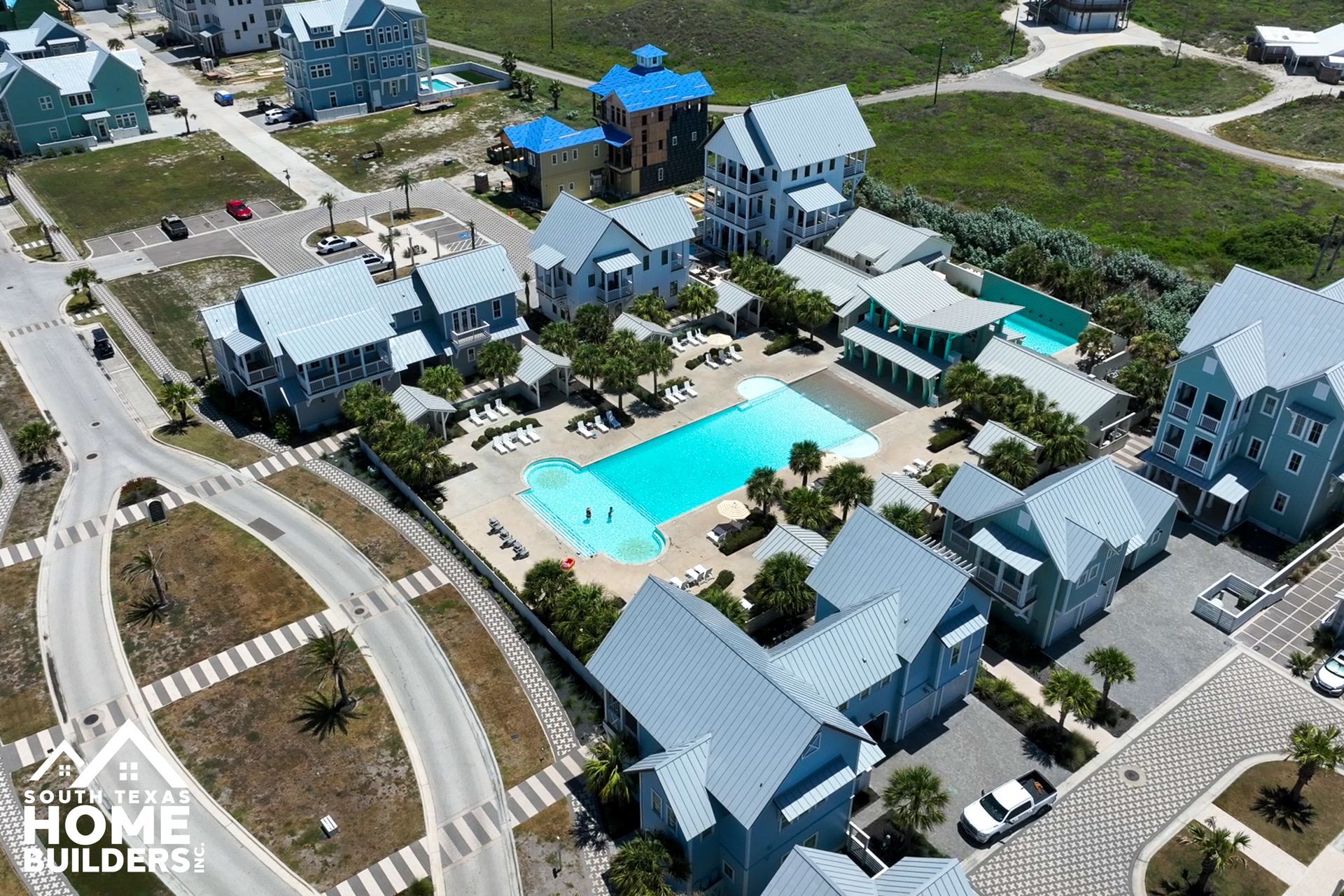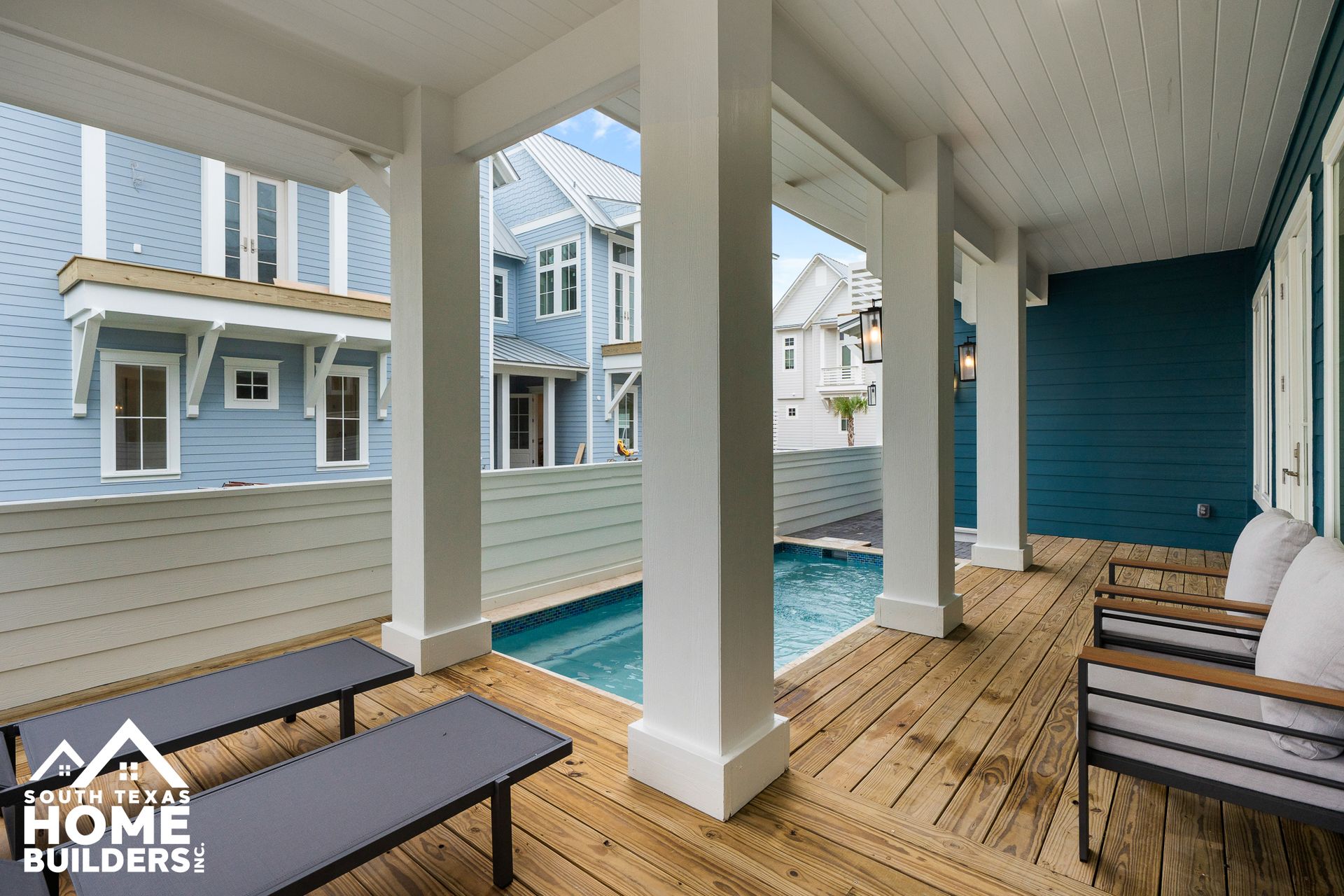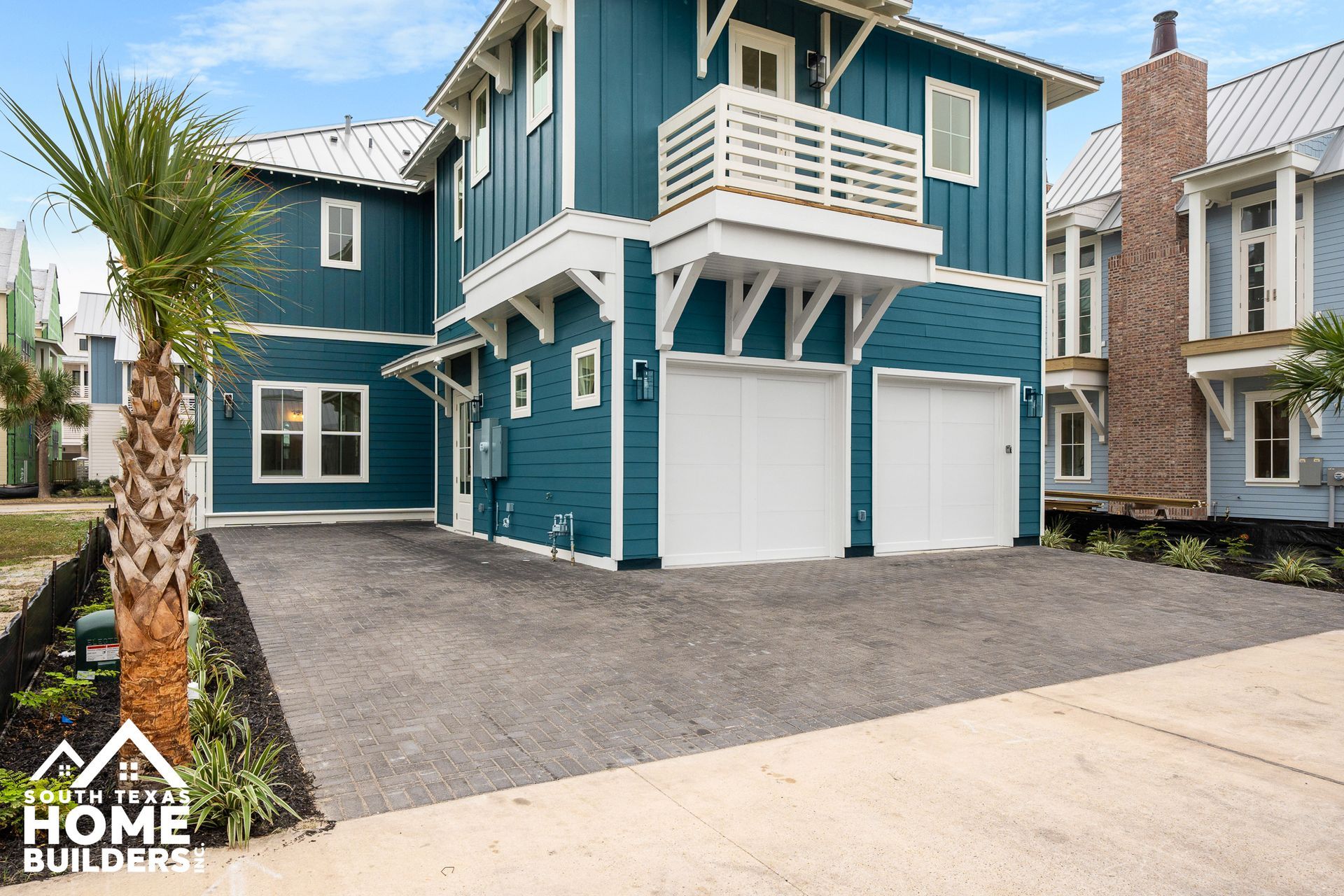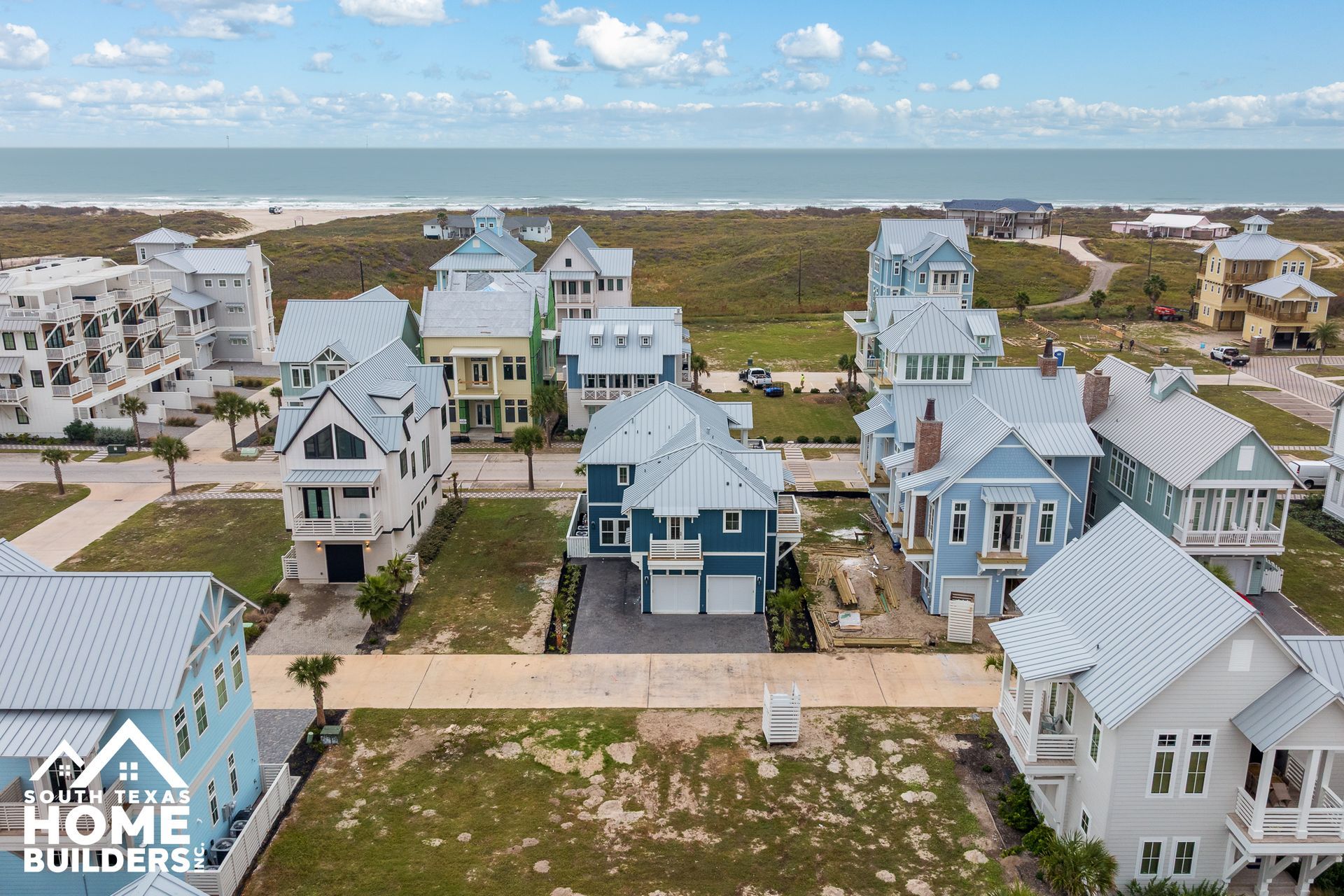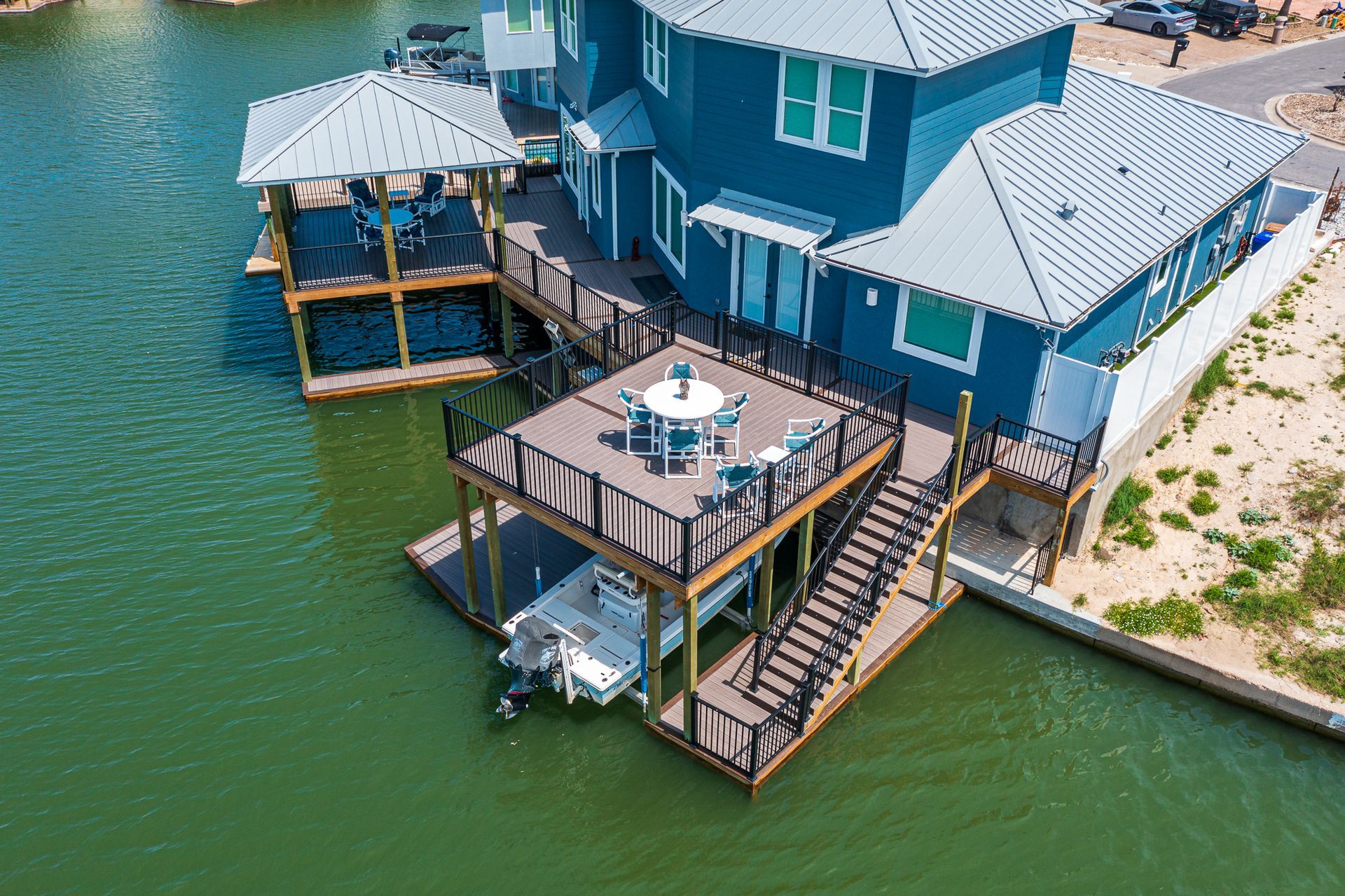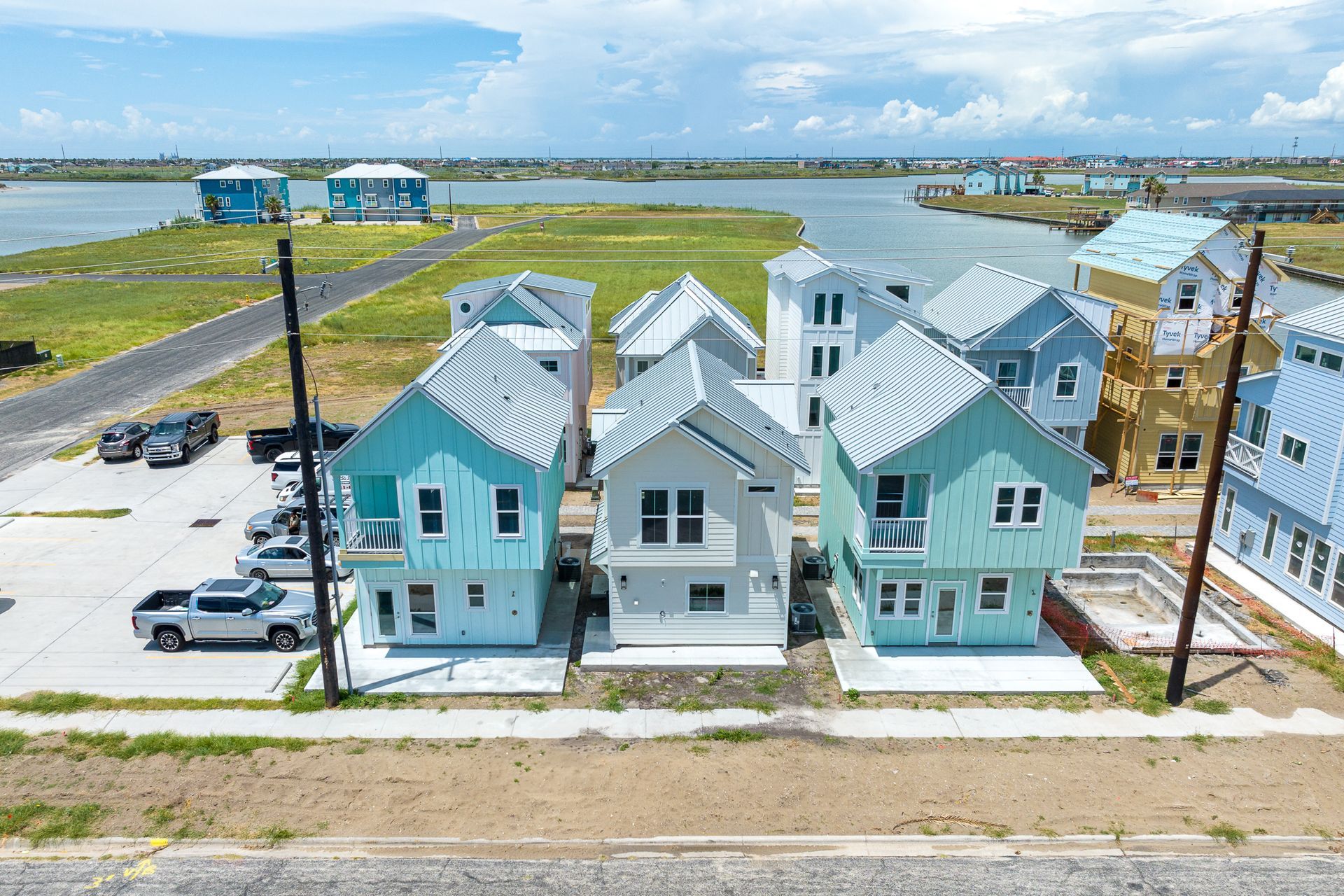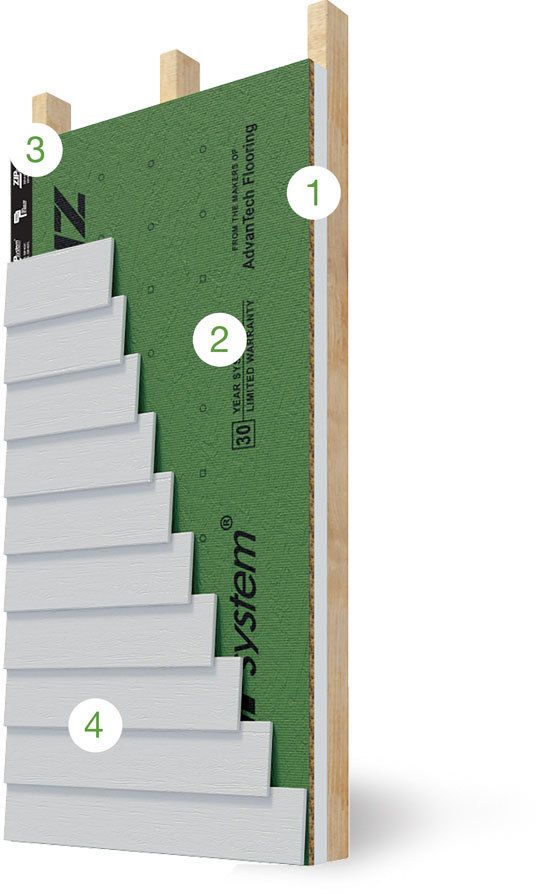Preparing Your Home for Hurricane Season: October Checklist
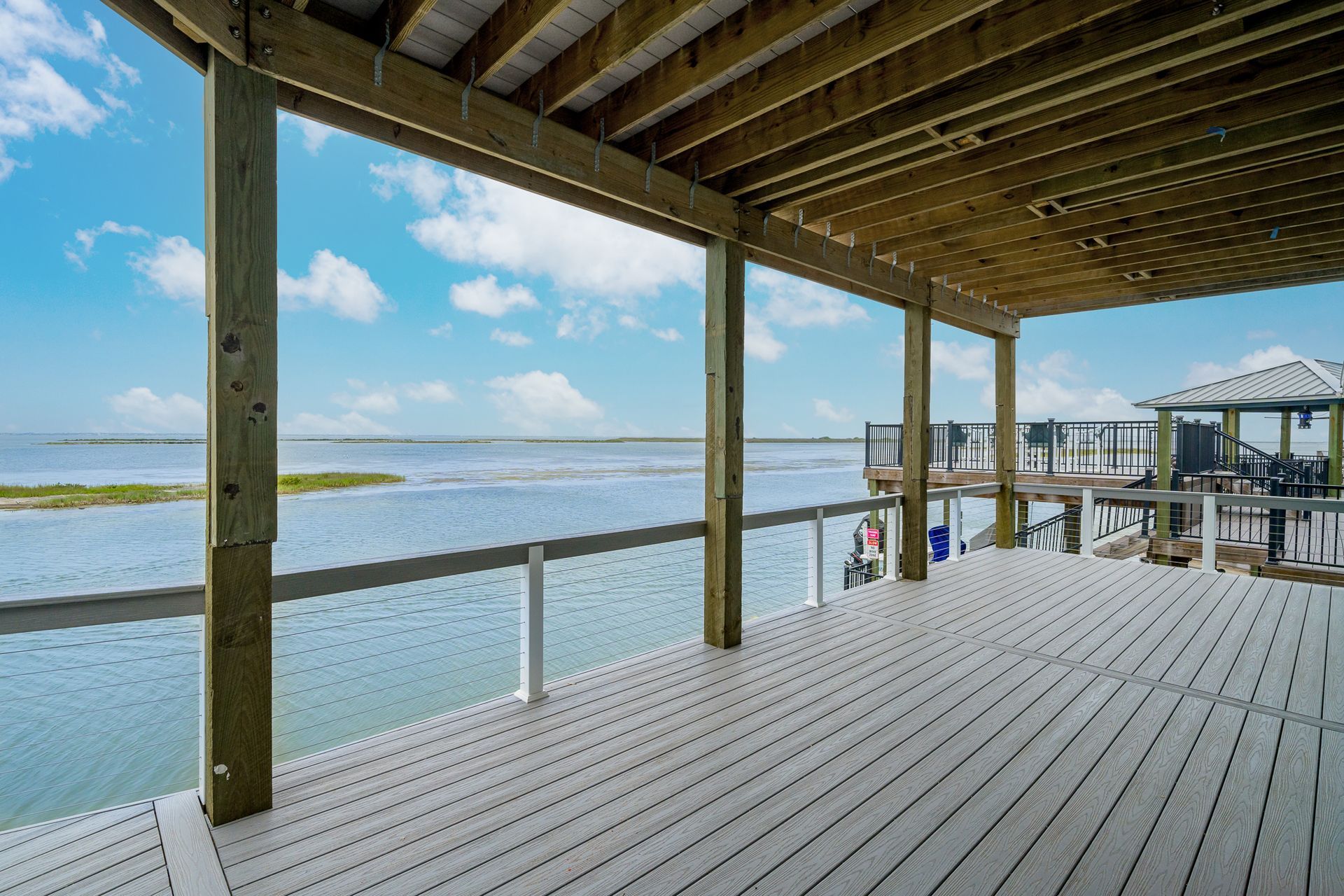
Whether you already live in one of our custom homes or are still planning your build, the October timeframe is ideal for one last clean sweep before the worst of hurricane season typically hits the Texas Gulf Coast. As your trusted partner at South Texas Home Builders, we want to walk you through a structured checklist—material durability, structural integrity, and seasonal prep—so your home is truly ready.
Why October?
The Atlantic/Gulf hurricane window runs through November, and by October you’re entering the “tail” of peak season. According to meteorologists, storms in the Gulf can still develop into October and early-November. Sol-Ark+2readysouthtexas.gov+2
Plus, the summer heat has done a number on your home’s exterior—salt air, UV, wind fatigue—so this is the smart moment to inspect and reinforce.
🔍 1. Structural & Roof + Flashing Inspection
Why: High winds and heavy rains don’t just test finishes—they test how your home was built. A good home is more than pretty; it’s durable.
- Climb up (or have a pro) inspect your roof for loose or missing shingles/metal panels, screws backing out, and signs of uplift.
- Check flashing around chimneys, vents, skylights, and especially where the roof meets walls. Salt-air corrosion can weaken flashing fast.
- Inspect roof-to-wall connections: hip roofs, hurricane straps, clips all matter. The built form should resist uplift. readysouthtexas.gov+1
- Ensure your gutters and downspouts are clear of debris (fallen leaves, seed pods, sand) so that heavy rain drains properly. Clogged gutters mean water backs up under eaves or into siding. readysouthtexas.gov+1
- Check seals around roof penetrations (antennae, HVAC vents, plumbing stacks). Replace caulk or flashing tape that's cracked or peeling.
Material‐Durability Note:
Salt air + UV + wind = faster deterioration. Use corrosion-resistant fasteners (304/316 stainless or galvanized), and if you have metal roofing or siding, check for blistering or pitting at edges.
2. Windows, Doors & Storm Shutters
Why: These are the vulnerable openings; wind + debris = most damage begins here.
- Test all exterior doors for proper latching, tight fit, and inspect weather-stripping. If you don’t yet have impact-rated glass or shutters, consider adding them as part of your long-term durability build-out.
- Check windows for loose mullions, failed gaskets, and ensure the frames are securely anchored.
- If you have storm shutters, inspect mechanisms (tracks, locks), make sure they deploy easily. If you use temporary plywood, inspect for rot, warping, or screws coming loose.
- Remove or secure patio doors/garden doors: these large openings must have strong connections—look for dead-bolts, threshold fasteners, flush sill plates.
- Clear the sill/track of debris so water doesn’t accumulate and push on the door during heavy rain.
Durability Tip:
For coastal homes we recommend, in new builds, choosing
impact-rated glazing or permanent shutters instead of one-time plywood. For existing homes: upgrade in phases. A strong window system pays off over time.
3. Exterior Walls, Siding & Fasteners
Why: Even when the roof and openings hold up, wind-driven rain and salt air can compromise siding, sheathing, and fasteners.
- Walk the perimeter and inspect siding materials (whether hardy-board, fiber-cement, metal paneling, or wood): look for cracks, cupping, rust stains, blisters, or corrosion around fasteners.
- For wooden siding or trim: check for rot or delamination, especially at bottom edges where water can wick up from moisture.
- Inspect fasteners: are nail or screw heads popping? Do you see rust trails or stain indicating failed corrosion protection?
- Examine joints and corners—caulk or sealant often fails first here. Reseal around penetrations, corners, and where siding meets other materials (eaves, roof overhangs).
- Consider applying a protective coating or finish if the siding shows wear — even a top‐coat can buy years of life in salt‐air conditions.
Material Tip:
Use
316 stainless steel or hot-dip galvanized fasteners in coastal builds. If you’re doing a retrofit, consider replacing any visibly rusted fasteners during this October inspection.
4. Gutters, Downspouts & Drainage
Why: Storm surge and heavy rainfall often cause more damage via water intrusion than wind—especially in coastal low-lying areas.
- Clear out all gutters of leaves, seed pods, sand, or mulch to ensure free flow.
- Check downspouts: make sure they are intact, connected, and that they lead water away from the foundation (6–10 ft minimum) or into splash blocks.
- Inspect the grade around the home’s perimeter: ensure soil slopes away from foundation to avoid water pooling.
- If you have a crawl space or slab build: verify vents and weep holes are clear so standing water can drain.
- Consider installing rain-barrel bypasses or surge tanks if you’re in a flood‐prone zone—helps moderate heavy downpour volumes.
5. Landscaping & Site Preparation
Why: Outdoor items and vegetation become projectiles in high-wind events—they’re not just aesthetic, they affect safety.
- Trim trees and shrubs near the house: remove dead limbs, branches hanging, or trees within falling distance of the structure. Many wind‐related damages start this way. readysouthtexas.gov+1
- Secure or remove loose outdoor furnishings: grills, patio furniture, planters, kids’ toys, umbrellas—all of these become hazards in hurricane-force winds.
- Check storm drains / culverts around your lot: clear debris so water can exit the lot quickly.
- If you have fencing or gating, inspect posts and attachments. A failed fence during a storm can ripple damage onto the home.
- Consider investing in ground cover plants or mulch to reduce topsoil erosion on slopes, which can destabilize foundation zones during heavy rain.
6. Garage & Door Systems
Why: The garage often has the largest opening on coastal homes and can be a structural weak-point if not prepared.
- Inspect your garage door for signs of wear—panels dented, rollers stuck, opener alignment off.
- Reinforce if you don’t have a wind-rated door: install a garage door brace kit, or look into upgrading to a certified wind-load door in severe zones.
- Ensure any service doors (man-doors or side doors) have dead-bolts, flush thresholds, and are secured.
- Remove or secure stored items near the ceiling or upper shelves that could fall during vibration or movement.
7. Utilities, Systems & Documentation
Why: After a storm hits, long-term damage often comes from water intrusion, electrical problems, and lack of documentation to claim insurance.
- Label clearly utility shut-offs (main water, gas, electrical) and ensure all household members know how to turn them off safely.
- Have a digital backup of all key documents (home insurance policy, building plans, warranties, equipment manuals). Store off-site or in the cloud. Home Creations+1
- Inventory major appliances, systems (HVAC, generator, solar), and take photos of their condition now (pre-storm baseline).
- Consider installing a battery backup or generator, especially if your home is remote or power restoration is slow.
- Review your homeowners and flood insurance—verify deductibles, wind vs. flood coverage, and make sure your policy reflects your build’s value.
8. Final Walk-Through Before Peak Weather
Why: One final inspection ensures nothing is overlooked.
- Check that all storm shutters or window protections are operable and ready.
- Walk the perimeter one last time: check that outdoor items are secured, downspouts are attached, and there is no loose fascia or flashing.
- Take a few “before” photos of the exterior, roof, major systems—timestamped photos taken now are invaluable if you need to file a claim after a storm.
- Brief your household on what to do when a watch or warning is issued: where to shelter, what to secure, what to do with landscaping and outdoor items.
- Update your emergency kit and plan: As the season wanes, this is also a good time to refresh perishable items, check batteries, and review evacuation routes (including ones potentially affected by coastal flooding).
Why This Matters: The South Texas Advantage
At South Texas Home Builders, our mission is to deliver homes that reflect durability, intelligent design, and coastal-ready craftsmanship. When you partner with us for a custom build in the coastal or rural environment of Texas, we emphasize:
- Elevated foundations or flood-mitigation design where required
- Corrosion-resistant materials, hurricane-rated systems, strong roof-to-wall connections
- Exterior finishes and coatings designed for UV, salt air and wind
- Functional outdoor/overflow spaces built to hold up in the elements
So when you use this October checklist, you’re reinforcing exactly the strengths that make your custom home exceptional.
Key Takeaways
- October is the prime time to inspect, secure, and reinforce before the final stretch of hurricane season.
- Focus on structural integrity, openings (windows/doors), exterior materials, and then site/landscaping, utilities, and documentation.
- Doing the preparation now not only lowers risk—it preserves value, prevents costly repairs, and gives you peace of mind.
- If you discover something during your inspection that needs attention (e.g., flashing corrosion, missing hurricane clips, window frame wear), you still have time to act before major storms arrive.
Want Help?
If you’d like us to review your home’s structural resilience or help plan a durability upgrade (impact-rated doors, stronger roof clips, upgraded siding), we’re here. Contact our team at South Texas Home Builders and let’s ensure your coastal or rural home is built—and maintained—with the resilience you deserve.
Stay safe and proactive—your home is your investment and your sanctuary.
NEWS
